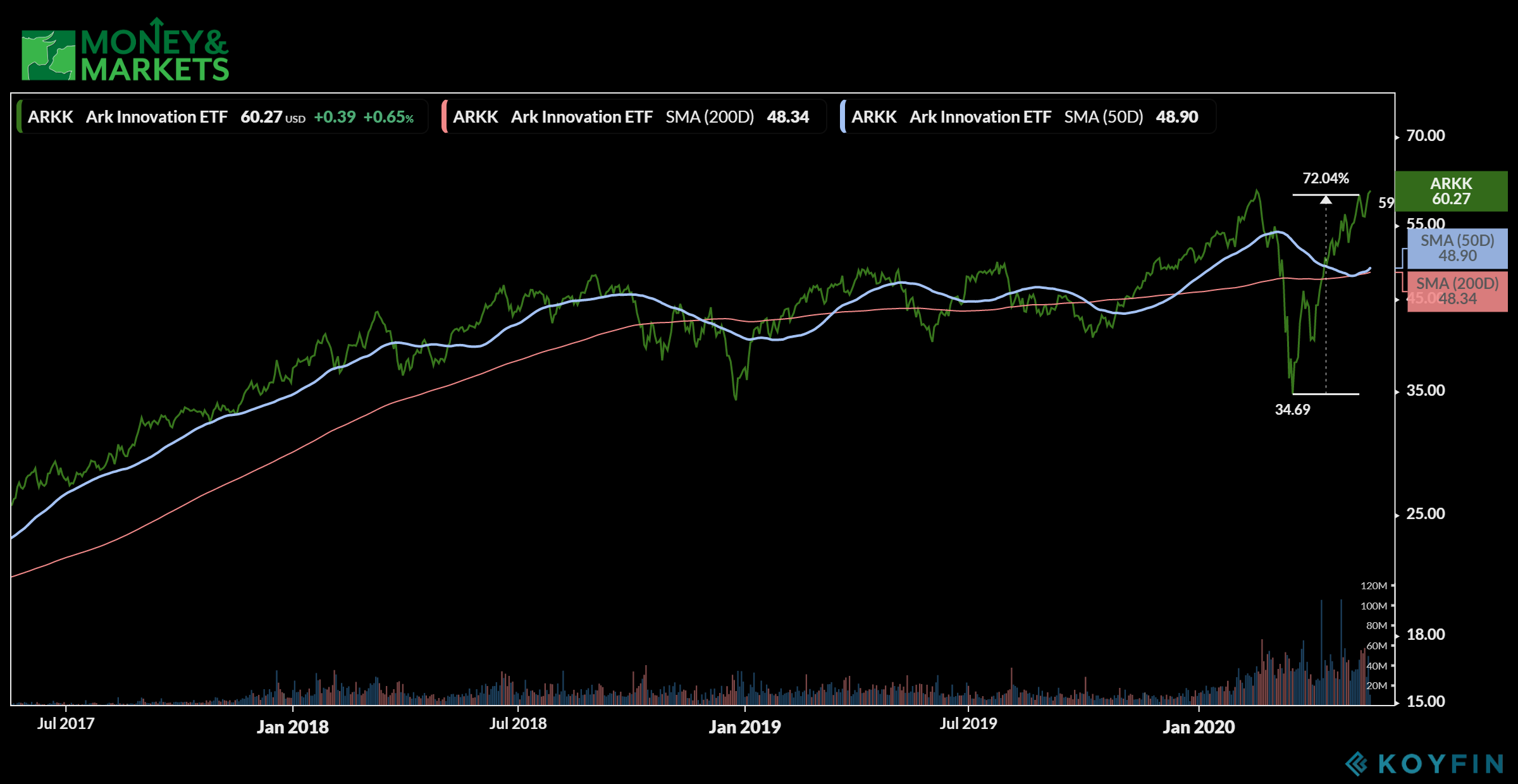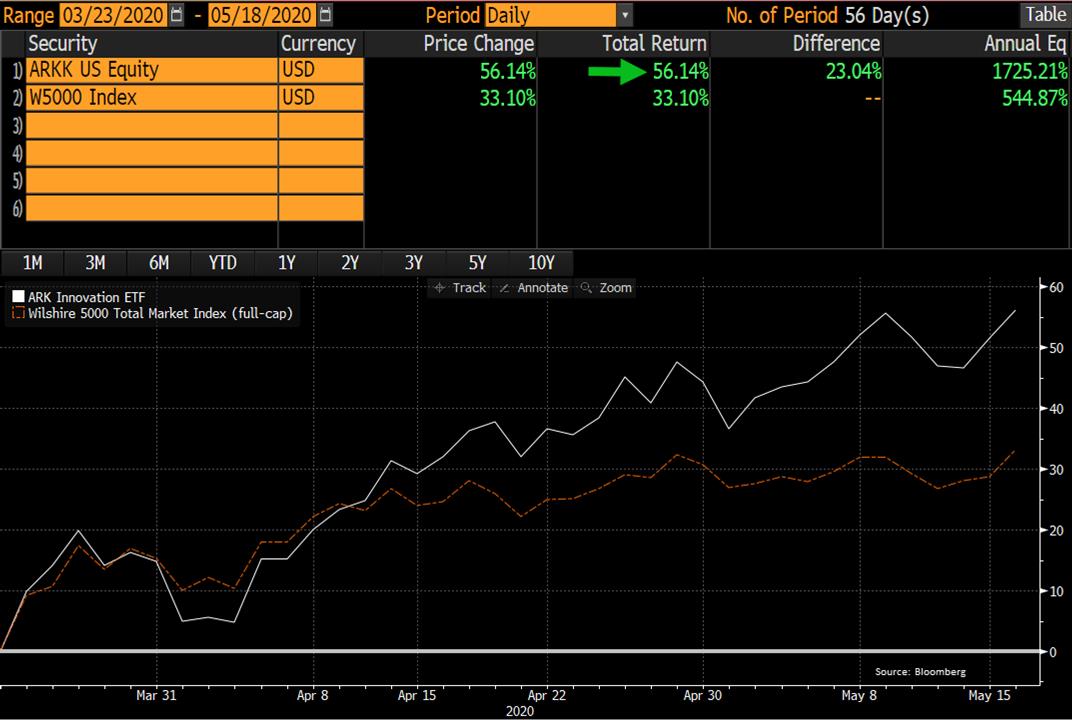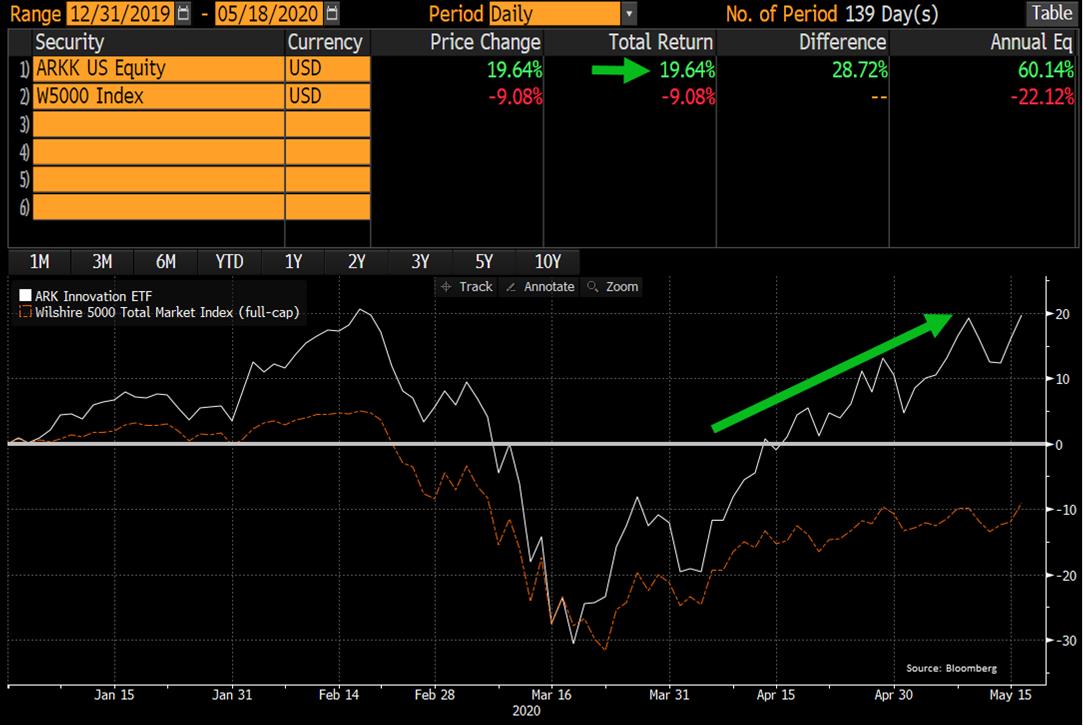Since 2001, value stocks have been king when compared to growth stocks.
In fact, in 2016 and 2017, the margin wasn’t even that close when it came to large-cap and mid-cap companies.
It’s an even wider gap in the small-cap market.
Things Are Starting to Change
Over 17 years, the ratio between growth and value stocks has been under 1, meaning value stocks have vastly underperformed.
But now things are starting to change.
Banyan Hill Publishing’s Amber Lancaster, the Director of Investment Research for Bold Profits, said the future is bright for growth stocks.
“Over the next year, U.S. growth stock valuations are projected to reach a historical high over value stocks,” Lancaster said.
Now is a good time for investors to start thinking about growth stocks because when the market rebounds from current volatility — and it will — stocks with growth potential will surge.
The Difference Between Growth and Value
Value stocks are defined as bargain stocks.
They typically come with low price-to-earnings, price-to-book and price-to-cash flow ratios. Value stocks, in most cases, also come with a high dividend yield.
Growth stocks, on the other hand, are the opposite.
These are stocks most investors would consider expensive and they don’t traditionally pay dividends, although some do.
Growth companies take their earnings and reinvest them to maintain or even expand their growth.
Strategies for investing in growth over value stocks are also vastly different. Investing in value stocks means you are looking for profit on price returns to a company’s fair value. Growth stock investors seek out competitive advantages to find winners.
Growth Stocks vs. Value Stocks: Performance Differences
First, we’ll look at large-cap stocks.
We compared the Wilshire U.S. Large-Cap Growth Total Market Index and put it next to the value index for the same class, and the results are telling.
As you can see, value stocks held the high ground in performance from 2016 to 2018. Since then, it has been pretty even.
However, with recent market conditions the way they are thanks to the coronavirus pandemic, growth stocks are up in a wider gap than value stocks ever had.
“Growth stocks have a large spread — or gap — over value stocks, as seen in the chart above,” Lancaster said. “This is predicated on rolling relative price-to-earnings ratios projected for the next year. What this gap tells us is that growth stocks are in demand and trading at a premium.
“In all, investors are willing to pay top dollar to capture growth stock gains and simply put, make money.”
The differences are a little closer when comparing the Wilshire U.S. Mid-Cap Growth Total Market Index with its value index competitor.
The gap between value and growth performance was much larger and for a longer period of time. Only recently have growth stocks surpassed value stocks.
For small-cap stocks, there has been no catching up. The Wilshire U.S. Small-Cap Growth Total Market Index has lagged behind the value stocks index.
But the recent market crash in February and March didn’t impact small-cap growth nearly as much as it did value growth, which fell off a cliff before beginning to rise again.
Use This ETF to Leverage Growth Stocks
There is a relatively easy way to capitalize on the surge in growth stocks by investing in an exchange-traded fund.
So, growth stocks like Tesla and Facebook, favorite stock picks at Bold Profits Publishing, are two America 2.0 companies leading the way into next year.
And there’s one fund that captures the best growth stocks in the market.
The Ark Innovation ETF (NYSEARCA: ARKK) holds companies like Tesla Inc. (Nasdaq: TSLA) and Square Inc. (NYSE: SQ) among its many growth holdings.

“ARKK is an exchange-traded fund that invests in companies relevant to the theme of disruptive and industrial innovation,” Lancaster said. “ARKK is filled with potential high-flying growth stocks.”


She added that ARKK is beating the Wilshire 5000 by a wide margin. To date, the Wilshire 5000 is down 9% while ARKK is up 19.6%. Since its recent low on March 23, 2020, the Wilshire 5000 is up 33%, but ARKK is up 56%.
In fact, ARKK has performed so well, as of 1:00 p.m. EDT today, it has regained all of its losses from the coronavirus crash and sits just above its peak on Feb. 19.
This provides investors looking to capitalize on the recent spike in growth stocks the ability to do so while diversifying your portfolio at the same time.





